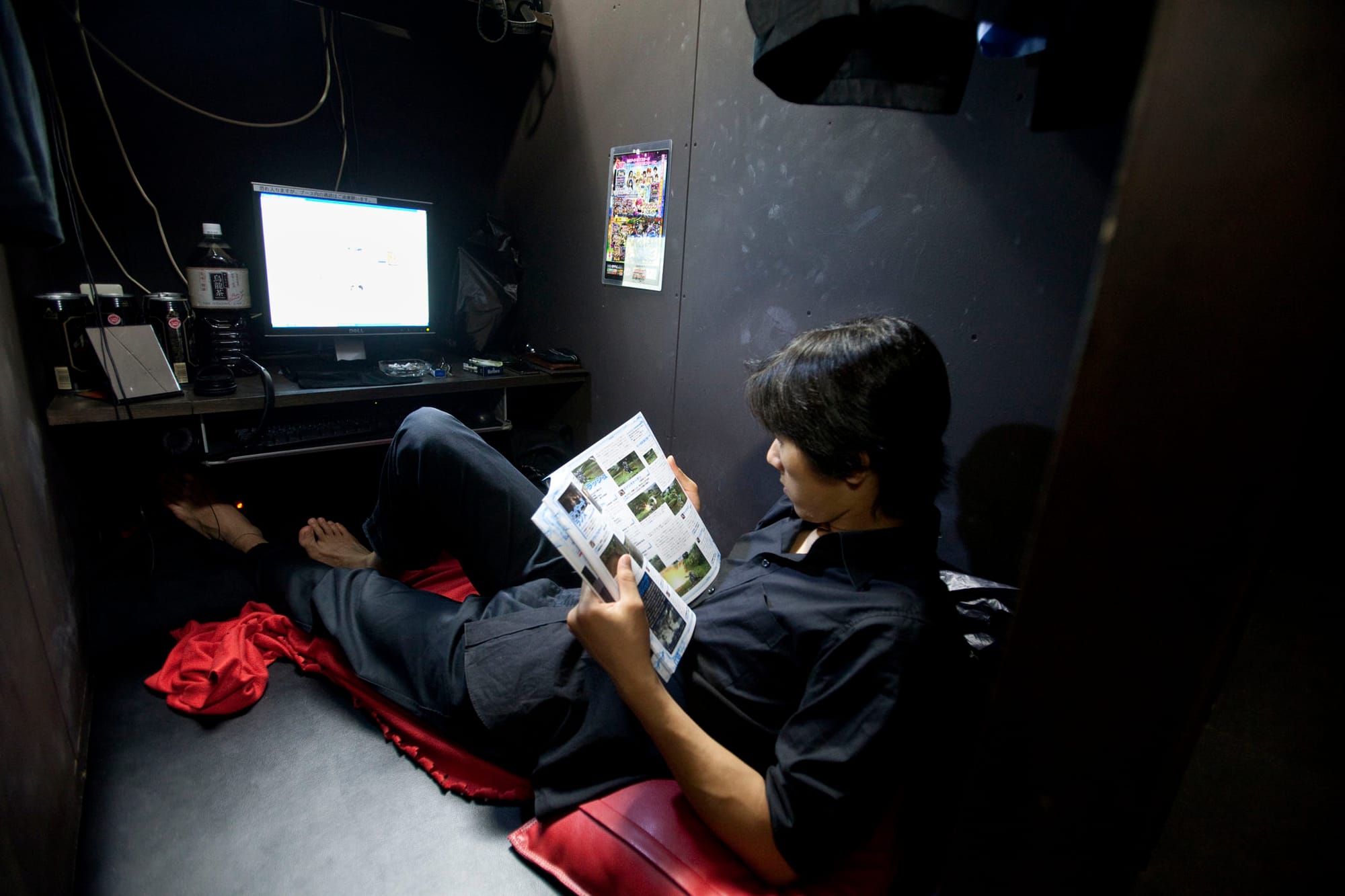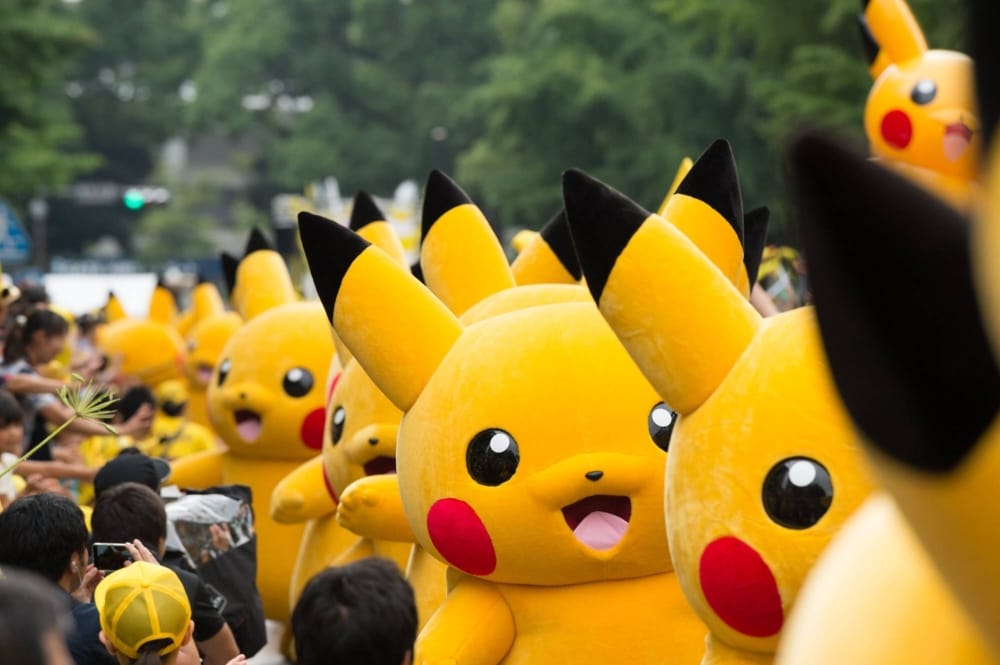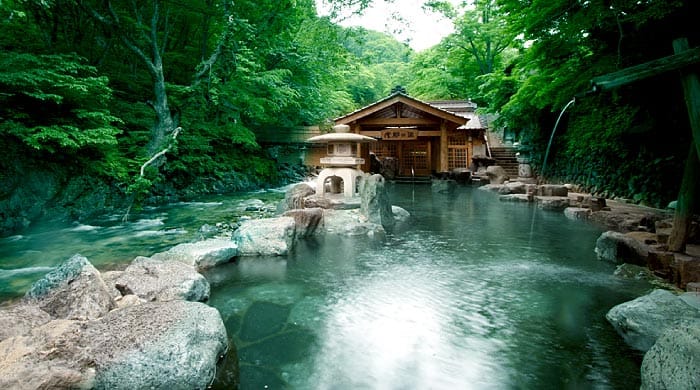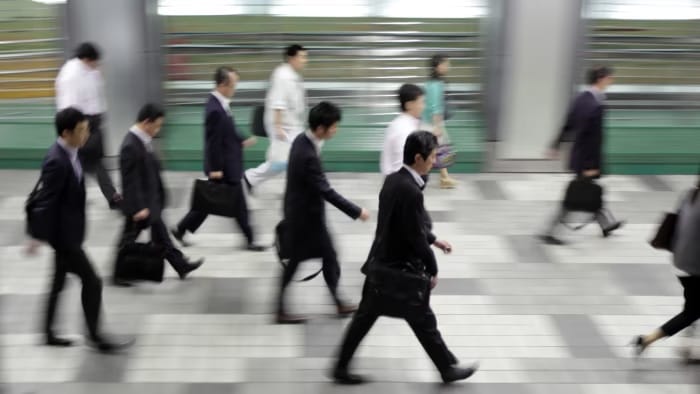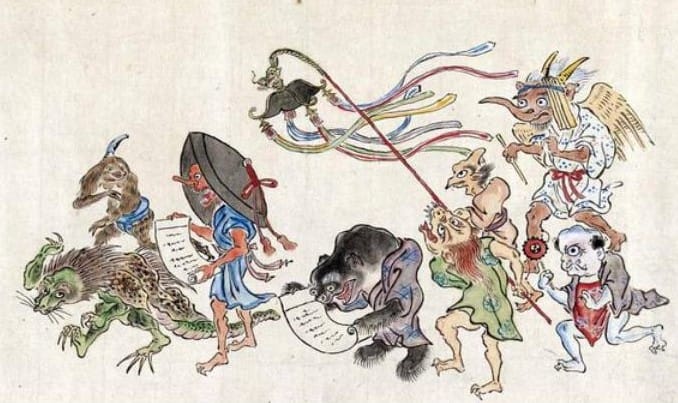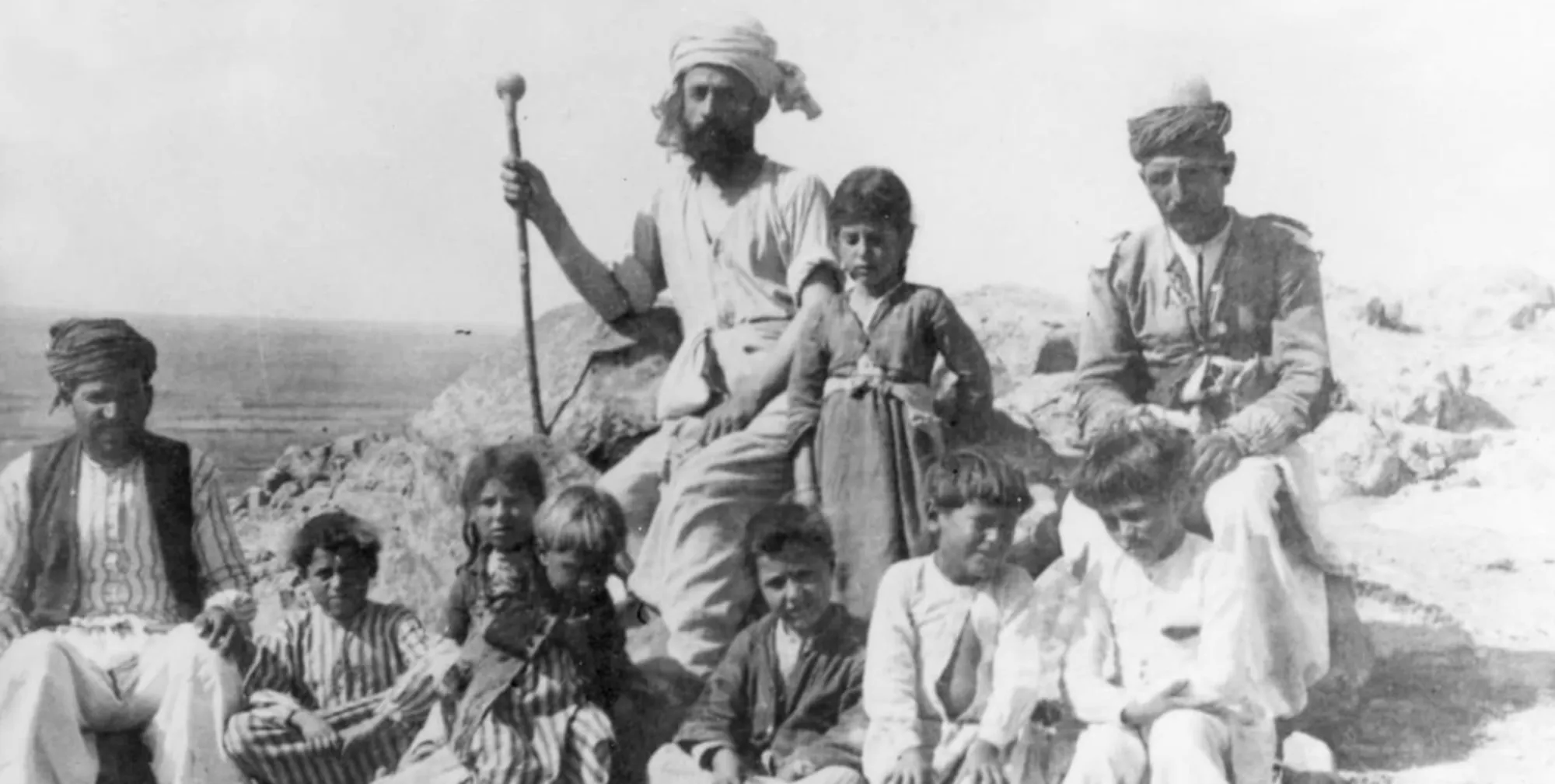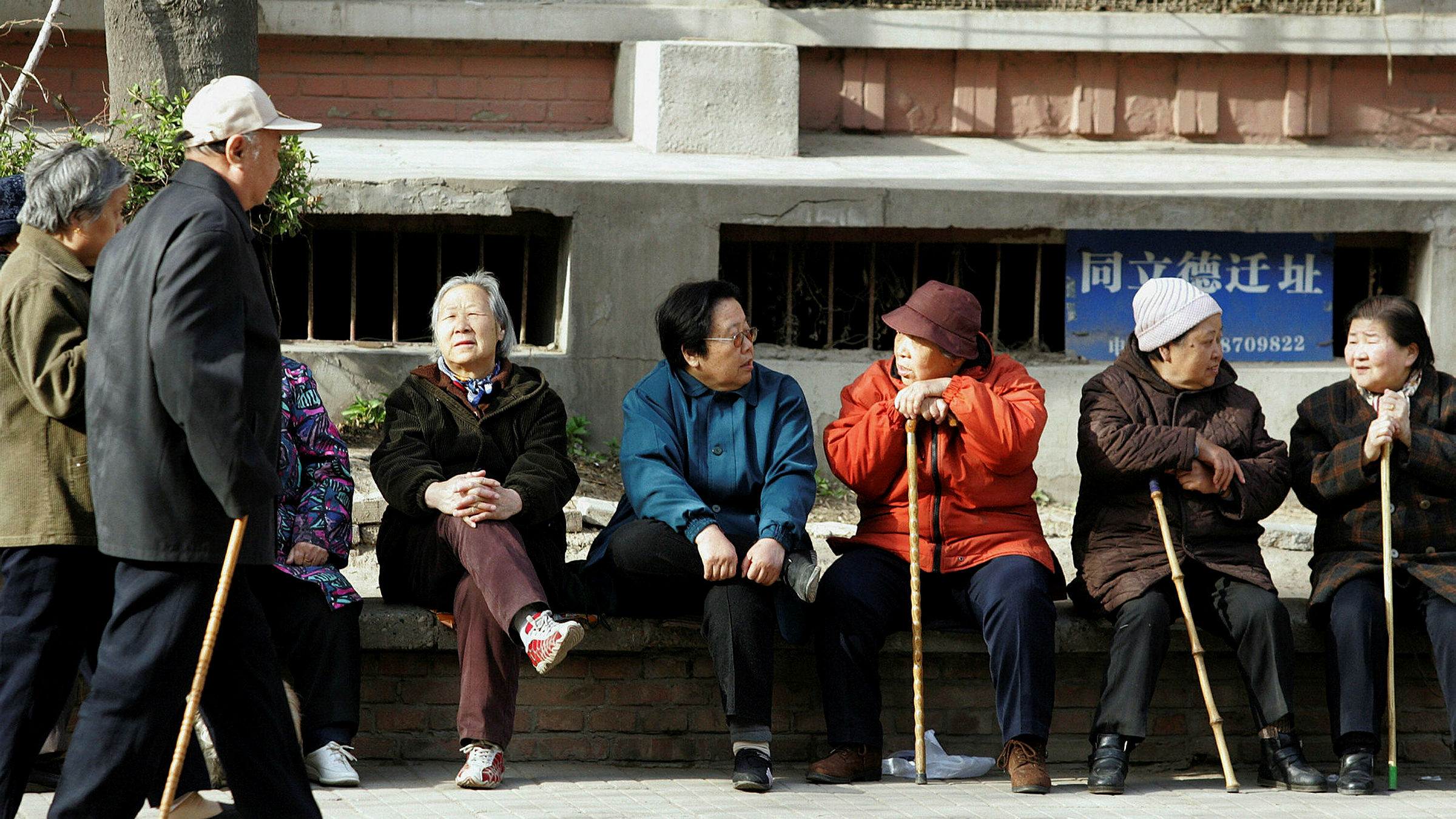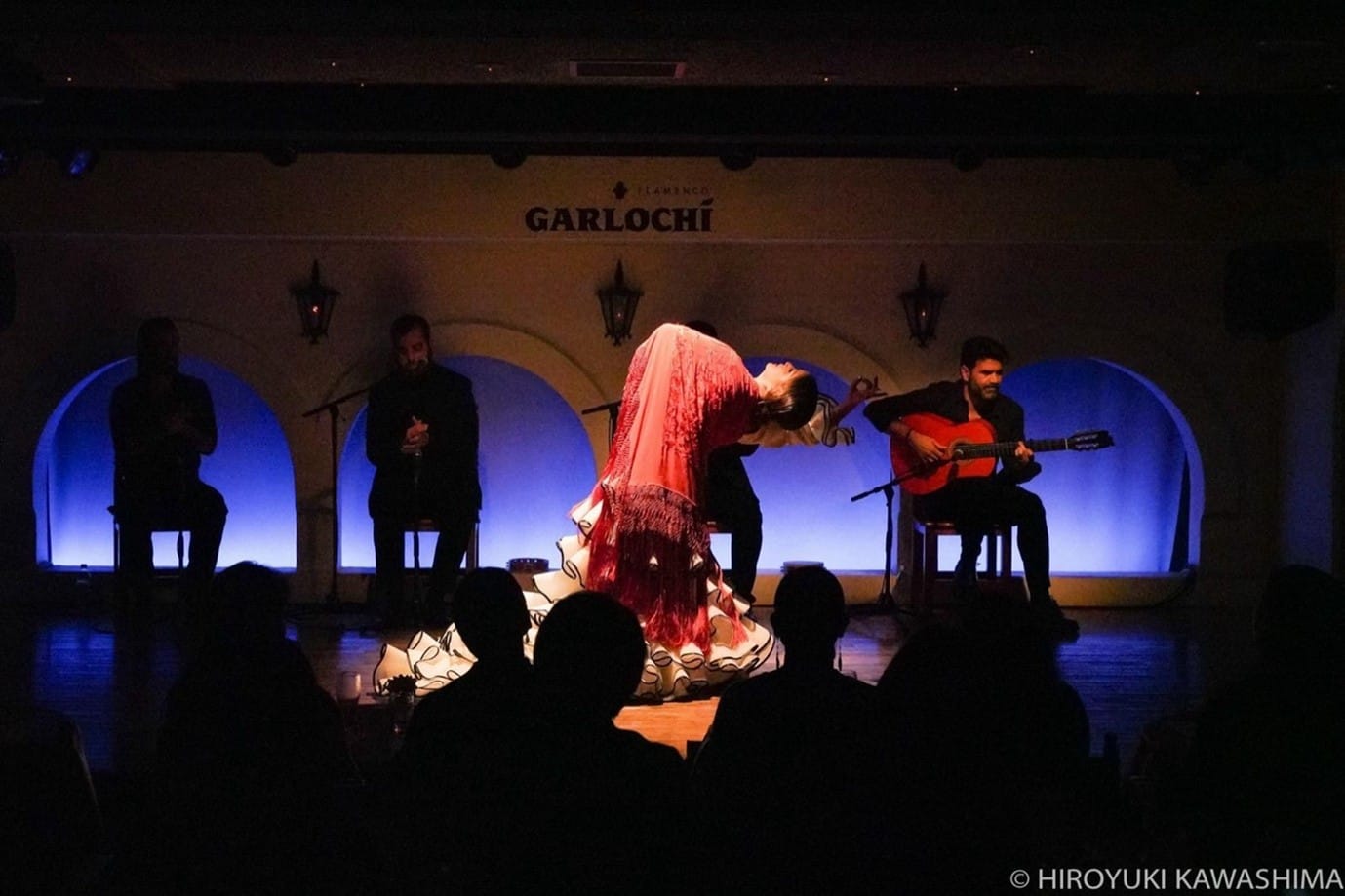A Hidden Crisis
On April 30th, 2020, amid COVID-19 lockdowns, Tokyo official Hatanaka Kazuo announced that the city would provide business hotel rooms for ‘cyber homeless’—individuals living in internet cafés. These "net café refugees" are a hidden homeless population relying on cafés for shelter.
With Tokyo’s 4000 cyber homeless—mostly young men—working unstable, minimum-wage jobs, the lockdown forced many onto the streets as cafés closed. Despite efforts like Hatanaka’s scheme, poor publicity meant fewer than 700 were helped. Their plight reflects systemic issues that need to be heard.
The Social Stigma Around Homelessness
In Japan, homelessness carries heavy social stigma. Many cyber homeless hide from families out of shame or fear, with some reporting past abuse. National support is limited, as homelessness is largely delegated to local governments. Welfare, regulated by the Public Assistance Act, often excludes the homeless due to strict eligibility rules and a requirement to notify applicants' families, deterring many from applying.
Why Internet Cafés?
Internet cafés in Japan offer much more than internet access: private booths, food, showers, and entertainment for a low cost. Brands like Geragera and Cybac provide overnight stays for £10–12, making them appealing to people with unstable incomes. Still, the lifestyle is precarious, plagued by uncertainty about future stays and financial survival—an instability laid bare by the pandemic.

The Origins and Rise of the Net Café Nanmin
The rise of net café refugees has roots in the 1990s "Lost Decade," when Japan’s economic bubble burst, leading to massive job cuts and the replacement of secure full-time jobs with unstable part-time work. The shift from manufacturing to a knowledge economy further eroded job security, while Japan’s rigid education system failed to adapt, leaving students ill-prepared for modern employment. Many became "freeters," trapped in low-wage, temporary jobs without paths to stable futures.
Further preceding today’s cyber homeless were residents of yoseba - postwar districts offering daily jobs and cheap rooms. Residents alternated between temporary rooms and the streets depending on their ability to pay rent, mirroring the instability of net café refugees today. Both groups share the daily struggle to find work and shelter, underlining a long-standing societal neglect of unstable workers.

Cultural pressures further entrench the problem. In Japan, welfare recipients face stigma, and young people are expected to uphold family honor. Internet cafés offer privacy and dignity, allowing refugees to maintain appearances while avoiding public homelessness.
However, their invisibility allows the government to downplay the crisis. Net café refugees are excluded from official homelessness statistics—defined narrowly as simply people sleeping rough—masking the scale of the problem.
A Reality Hidden in Plain Sight
When Mizushima Hiroaki’s 2007 documentary Net Café Refugees – The Drifting Poor aired, it shocked viewers by revealing domestic poverty comparable to war zones. Stories of people reduced to living in cafés or fast-food restaurants were largely ignored by media and officials, who blamed individuals rather than systemic failures.
Many refugees today still have no hope for the future. Some confess to suppressing all desire beyond basic survival, coping with an existence centered only on securing a place to sleep and a job for the next day. This mindset, especially in a wealthy country like Japan, highlights the tragic gap between national prosperity and the lived reality of many citizens.
The phenomenon of net café refugees grew out of economic, political, and cultural failures during and after the Lost Decade. Today, thousands still live invisibly in internet cafés, unsupported by a system that refuses to recognize them. Japanese politicians have been speaking for decades of how Japan must ‘modernise’ its domestic institutions - its administrative, social, and economic systems - to ensure lasting stability and a vibrant democracy. However, without urgent reforms addressing homelessness, job insecurity, and social stigma, these hidden lives will continue to reflect Japan’s failure to truly modernize its domestic systems.

